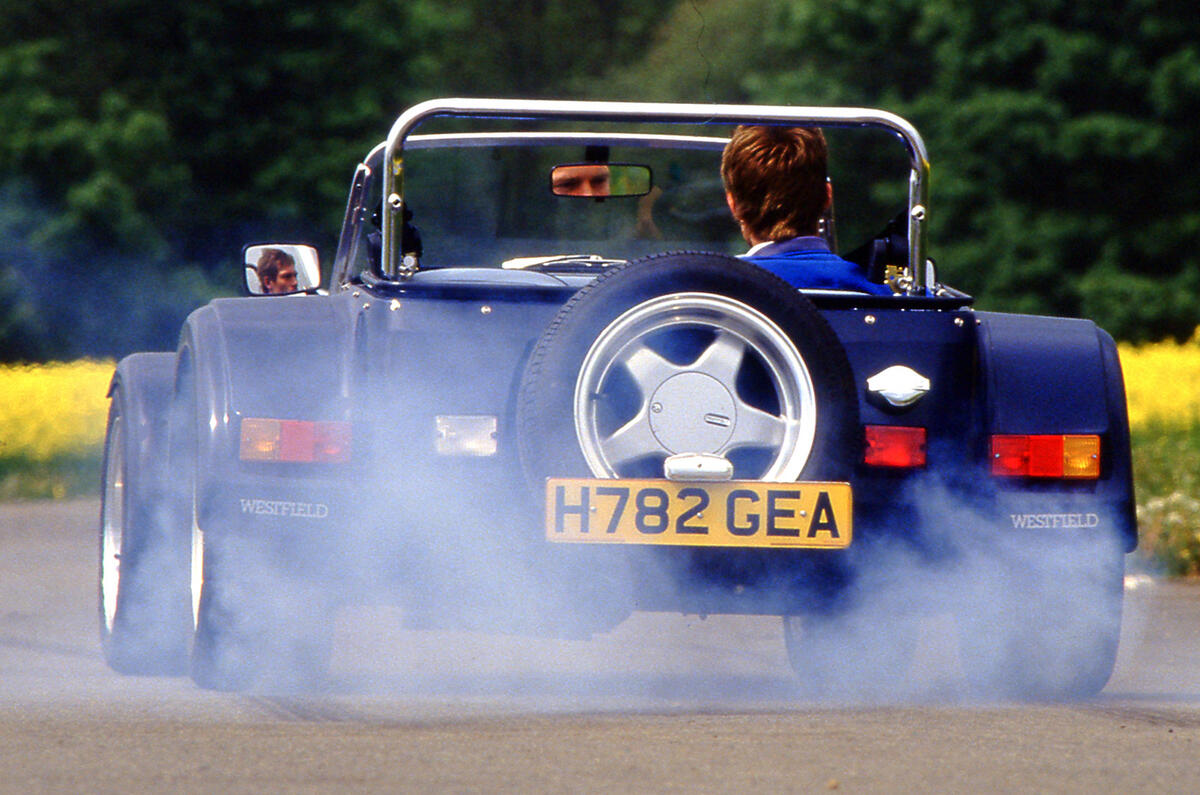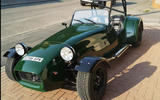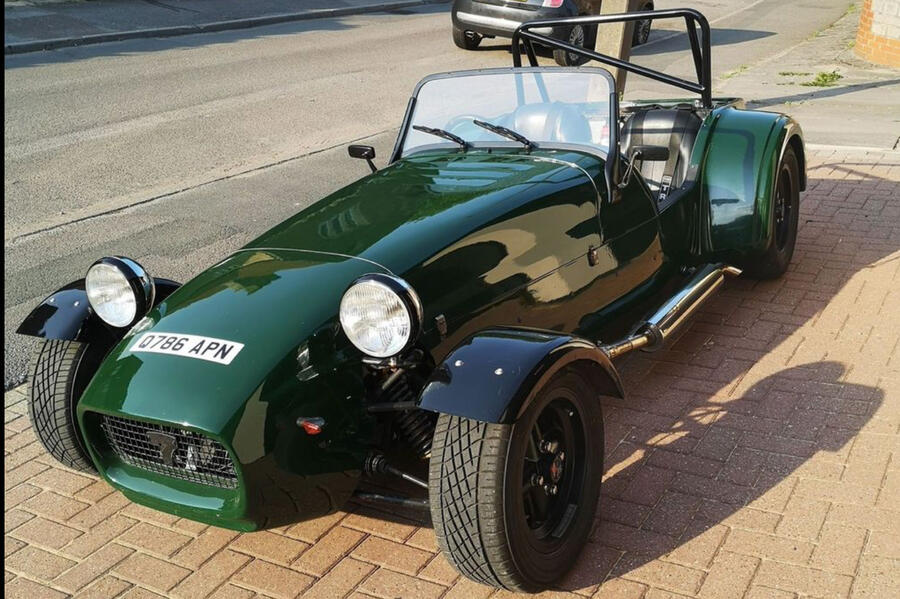"If you want to get back to real driving, buy a Westfield.” Not our words, or indeed Westfield’s, but those of Westfield enthusiast and workshop specialist Mark Glasswell.
We’d agree, of course. We’d also say the same about Caterhams, which are more expensive – your money buying an aluminium rather than glassfibre body, a generally better finish, a more track-tuned set-up out of the box and a direct association with the original Lotus Seven.
Not that the Westfield is a poor relation, as many owners will attest. In fairness to Glasswell, he’s not dewy eyed about the cars, being equally passionate about Caterhams.
Click here to buy your next used car from Autocar
The staple Westfield is the SE. Early ones from the 1980s have a five-link, solid rear axle from the Ford Escort. It suits track use. Towards the end of the decade, the SEi emerged with an independent set-up at the back featuring double wishbones and an Escort differential in a Westfield housing. It’s better suited to road use. So-called wide-body versions of both types (they’re also longer) appeared in around 1990. The following year, the narrow body was dropped.
Next came SEiGHT versions powered by a Rover V8. The first cars had an Escort diff but it was deemed too weak for the torque and was replaced by one from the Sierra. Although the SEiGHT is bit nose heavy in corners, the 3.9 V8 is a grunty thing that can power the car around a track on a whisper of throttle. Talking of torque, there are diesel-powered Westfields, too.
Back to petrols, and early engines included Ford Kents, Pintos and CVHs, as well as very screamy Fiat twin-cams. They were followed by Rover K-series and Vauxhall Red Top twin-cam units, Toyota 1.6 and Honda S2000 engines, and Ford Zetec and Sigma units. Ford Ecoboost engines are popular today. As for gearboxes, early Westfields are likely to have the four-speed Escort ‘rocket’ gearbox and later ones the Type 9 ’box from the Sierra or its successor, the MT75.














Add your comment